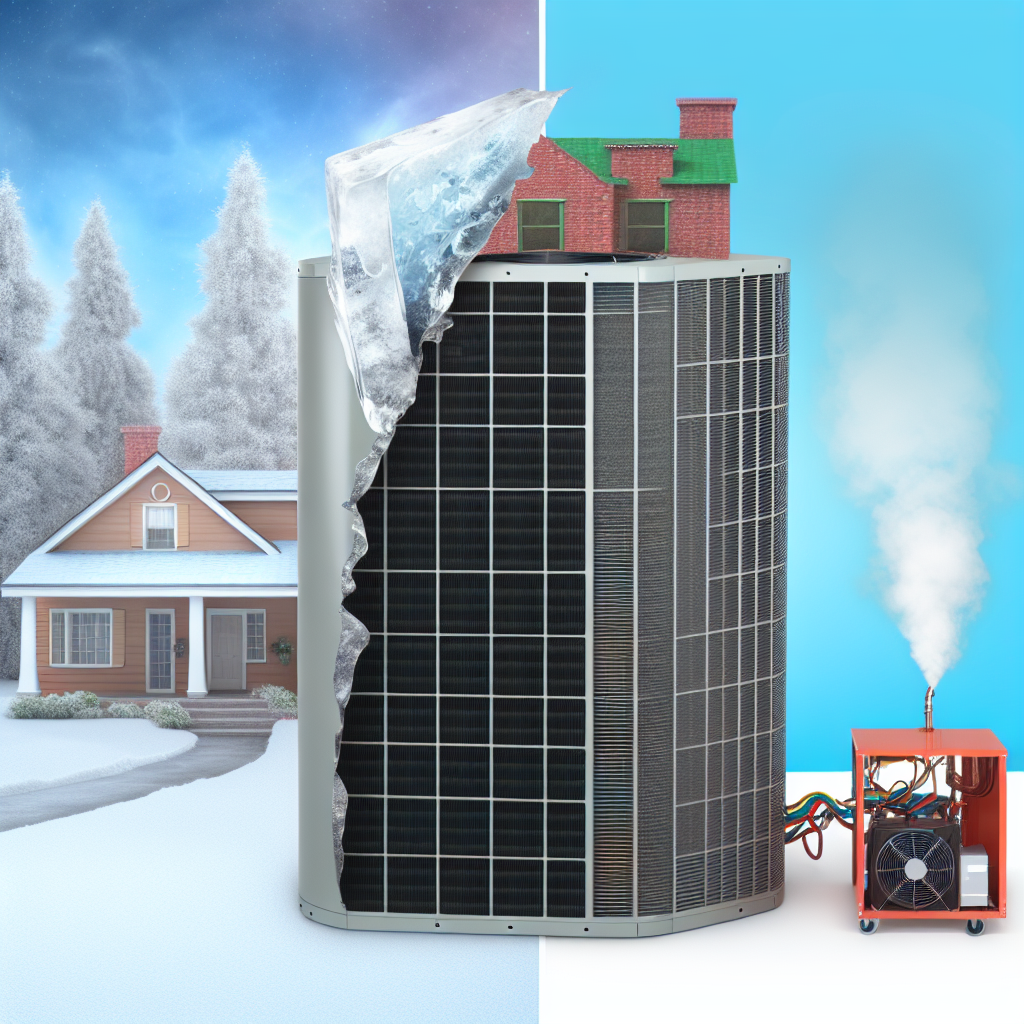Published: Apr 23, 2025

When it comes to your home's HVAC system, size matters. A system that is either oversized or undersized can lead to a range of issues, from inefficiency to discomfort. In this blog post, we will explore the signs that can help you determine whether your HVAC system is oversized or undersized, and what you can do about it.
An oversized HVAC system will cycle on and off frequently. If you notice that your system is turning on and off more often than usual, it could be a sign that it is too large for your home.
Rooms that are too hot or too cold compared to the rest of the house can indicate an oversized system. This is because larger systems struggle to distribute air evenly throughout your home.
Oversized HVAC systems may not run long enough to properly dehumidify the air. If you are experiencing consistently high humidity levels in your home, your system might be too big.
Since an oversized system consumes more energy than necessary, you may notice a spike in your energy bills without a corresponding increase in comfort.
On the other hand, an undersized HVAC system may run continuously in an effort to meet the thermostat setting. If your system is constantly running, it might be too small for your home.
Similarly, if you find that some rooms are comfortable while others are too warm or too cold, your system might be struggling to keep up with the demand.
An undersized system will have to work harder to heat or cool your home, leading to increased wear and tear on its components. This can result in more frequent breakdowns and repairs.
In some cases, an undersized system may short cycle, meaning it shuts off before completing a full heating or cooling cycle. This not only affects comfort but also puts strain on the system.
If you suspect that your HVAC system is either oversized or undersized, the best course of action is to consult a professional HVAC technician. They can perform a load calculation to accurately determine the proper size for your home.
In severe cases where your system is significantly oversized or undersized, you may need to consider replacing it with a properly sized unit. While this can be a significant investment, it will lead to long-term savings and improved comfort.
In some instances, improving your home's insulation can help alleviate the issues caused by an oversized or undersized HVAC system. Better insulation can make your home more energy-efficient and comfortable.
Regardless of whether your system is oversized or undersized, regular HVAC maintenance is crucial for optimal performance. Schedule annual tune-ups to ensure that your system is running efficiently.
Installing a programmable thermostat can help mitigate some of the issues associated with an oversized or undersized system. By controlling when your system runs, you can improve comfort and energy efficiency.
By paying attention to the signs of an oversized or undersized HVAC system, you can take the necessary steps to ensure your home is comfortable and energy-efficient. Whether it's consulting a professional for a system evaluation or investing in a new, properly sized unit, addressing this issue can have a significant impact on your home's comfort and energy costs.

Our expert technicians are ready to assist you 24/7!
Contact Us Today!Read our latest articles for helpful information about heating, cooling, and air quality.
Regular HVAC maintenance is essential for improving energy efficiency, extending the lifespan of your system, enhancing...
Read MoreImplement these 10 tips to enhance the air quality in your home, promoting a healthier living environment for you and y...
Read MoreRegular seasonal HVAC maintenance is essential for maximizing system efficiency, ensuring indoor air quality, preventing...
Read MoreSmart thermostats offer energy savings, convenience, learning capabilities, and integration with smart home systems, mak...
Read More